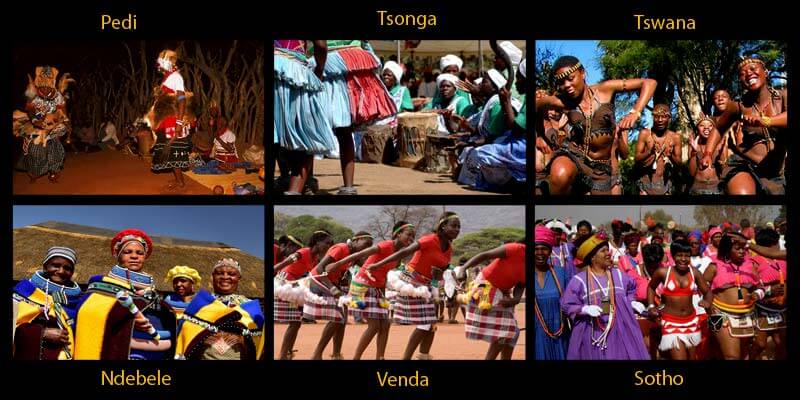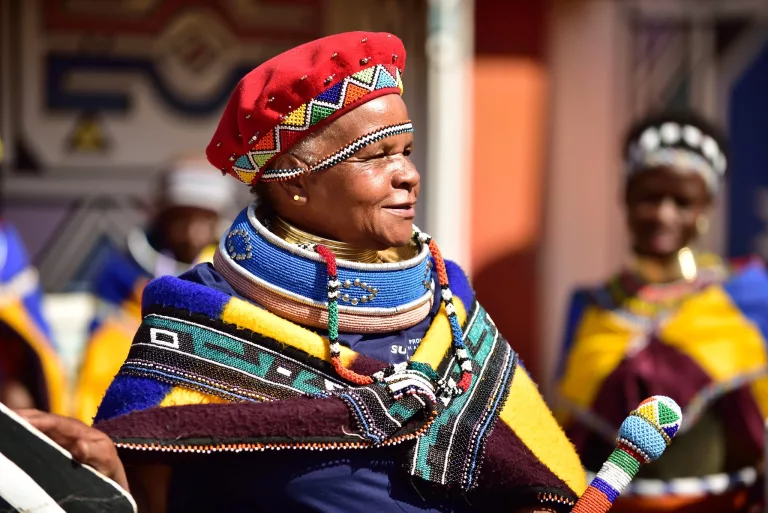The Basic Principles Of South African Culture Today
The Basic Principles Of South African Culture Today
Blog Article
Examine This Report about South African Culture Today
Table of ContentsThe Definitive Guide to South African Culture TodayEverything about South African Culture TodayHow South African Culture Today can Save You Time, Stress, and Money.Fascination About South African Culture TodayThe Main Principles Of South African Culture Today Getting My South African Culture Today To Work
This adheres to with vocal singing and drum beating. The groom and bride after that consult with the elders and discuss the value of their union. A matter of value in Zambian towns is the diing of enjoyed ones. All participants of the town placed cash, time and initiative together for the burial of the deceased.Music and dance is a really essential element of the Zambian society. The various tribal units have their very own dancing types; nonetheless, makishi is usual amongst all people.
4 Simple Techniques For South African Culture Today
When it comes to music, drums are made use of one of the most, with a range of drumming ceremonies. In Zambia, majority of individuals are Christian; Protestant and Roman Catholic. There are tiny teams of Muslims and Hindus, with the rest complying with local indigenous tribal ideas.

South African heritage and society is immensely varied, and consists of various teams of individuals who each have their own practices and ideas. Having such a diversity of people and societies is what makes South Africa so distinct. In the true sense of the expression, we are a rainbow nation.
South Africa has around 3 hundred thousand Portuguese people living in it. Making it the 7th on the checklist of countries with the most Portuguese individuals in it outside of Portugal. Portuguese is not just a society, but it is additionally a language and a citizenship. Portuguese individuals stem from the country of Portugal in Europe, nonetheless, because of Portugal (like many various other countries in Europe) discovering the world and conquering various other countries during the 15th 20th centuries, South Africa has what we call Portuguese South African's living in it.
The 2-Minute Rule for South African Culture Today
Amongst the noticeable features of the topography is a plateau that covers nearly 2 thirds of the center of the nation. The plateau facility rises toward the southeast, where it climaxes in the Drakensberg variety, component of an escarpment that separates the plateau from the coastal areas. The Drakensburg consists of Sparkling wine Castle, the highest possible peak in the country.
The region north of the Witwatersrand, called the bushveld, slopes downward from east to west towards the Limpopo River, which creates the global boundary. The western area of the plateau, the middleveld, also comes down in the direction of the west and differs in altitude in between the highveld and bushveld. In between the Drakensburg and the eastern and southerly shoreline, the land comes down to the sea.
Nearer the shore there is a low-lying level called the eastern lowveld. Southwest of the plateau the nation comes to be gradually extra dry, paving the way to the stony desert of the Great Karroo, approached the east by the lower, much better sprinkled plateau of the Little Karroo. Dividing the completely dry southerly inside from the sandy coastal of the southerly coastline and West Cape is another range, the Langeberg.
Not known Details About South African Culture Today
The nation's racially, ethnically, and politically separated history has created national and subnational icons that still work as symbols of the nation, and others symbols that are approved just by certain teams. The monuments to white inhabitant occupation and political prominence, such as the Afrikaner Voortrekker ("leader") Monument in Pretoria and the Rhodes Monolith honoring the British colonial realm home builder and Cape prime priest Cecil Rhodes, remain sectarian signs.
The first modern-day occupants were the San ("bushman") hunter-gatherers and the Khoi ("Hottentot") peoples, that herded animals (South African culture today). The San may have existed for thousands of years and left proof of their presence in hundreds of ancient cavern paints ("rock art"). Bantu-speaking clans that were the ancestors about his of the Nguni (today's amaZulu, amaXhosa, amaSwazi, and vaTsonga individuals) and Tswana-Sotho language groups (today's Batswana and Southern and Northern Basotho) migrated below eastern Africa as very early as the fifteenth century

Both previous republics of the Orange Free State and you can try these out Transvaal (South African Republic) were developed by Afrikaner settlers that beat and dispossessed the Basotho and Batswana. Lesotho would certainly have been by force included right into the Orange Free State without the extension of British protection in 1869. The utmost unification of the nation resulted from the South African War (18991902) in between the British and both Afrikaner republics, which minimized the nation to ruin at the beginning of the twentieth century.
Afrikaners historically considered themselves the only true South Africans and, while giving full citizenship to all homeowners of European descent, refuted that condition to people of color until the democratic transition of 1994. British South Africans keep a sense of cultural and social connection to Great Britain without weakening their identity as South Africans.
South African Culture Today - An Overview
The variety and fragmentation within ethnic groups and the balance of tensions between those teams during the twentieth century prevented interethnic civil problem. While intergroup tensions over resources, privileges, and political dominance continue to be, those problems are as most likely to match Zulu against Zulu as Zulu versus Xhosa or African against Afrikaner.
From colonial India, British sellers and managers brought the curved steel ornamental roof coverings and slender shoelace job columns that still symbolize the verandas of homes in the areas and cities throughout the country. Holy places add an essential building aspect even in the smallest towns. In enhancement to the soaring steeples and classic stonework of Afrikaans Dutch Reformed churches, Anglican churches, synagogues, mosques, and Hindu shrines offer range to the spiritual architectural scene.

Slaughtering and the brewing of typical cereal beer are vital in protecting the involvement and a good reputation of the forefathers that are taken into consideration the guardians of good fortune, prosperity, and wellness. Indian areas keep their indigenous cooking customs and apply them on Islamic and Hindu ritual and ceremonial events. Afrikaners and Coloured individuals gather at weekends and special celebrations at multifamily bbqs called braais, where community bonds are strengthened.
Since this was the primary economic business of both black Africans and white colonists, conflict between those teams fixated the property of grazing land and livestock. In 1867, the biggest ruby down payments on the planet were found at Kimberley in the west central area. The wealth from those areas assisted finance the exploitation of the best gold coral reef worldwide, which was uncovered on the Witwatersrand in 1886.
The Single Strategy To Use For South African Culture Today
This brought about misunderstandings and intentional misstatement in the ventures of white inhabitants and government authorities directory with African principals throughout the colonial duration (South African culture today). In the establishment of African gets, some aspects of communal and chiefly "tribal trust fund" land period were preserved, and also in white backwoods, types of public tenure were still practiced in locations with African communities
After the autonomous change of 1994, programs for land restitution, redistribution, and reform were set up, but development has been slow. The white minority still manages eighty percent of the land. Following agricultural land invasions in Zimbabwe, the Division of Land Matters has promised to speed up land redistribution.
Report this page